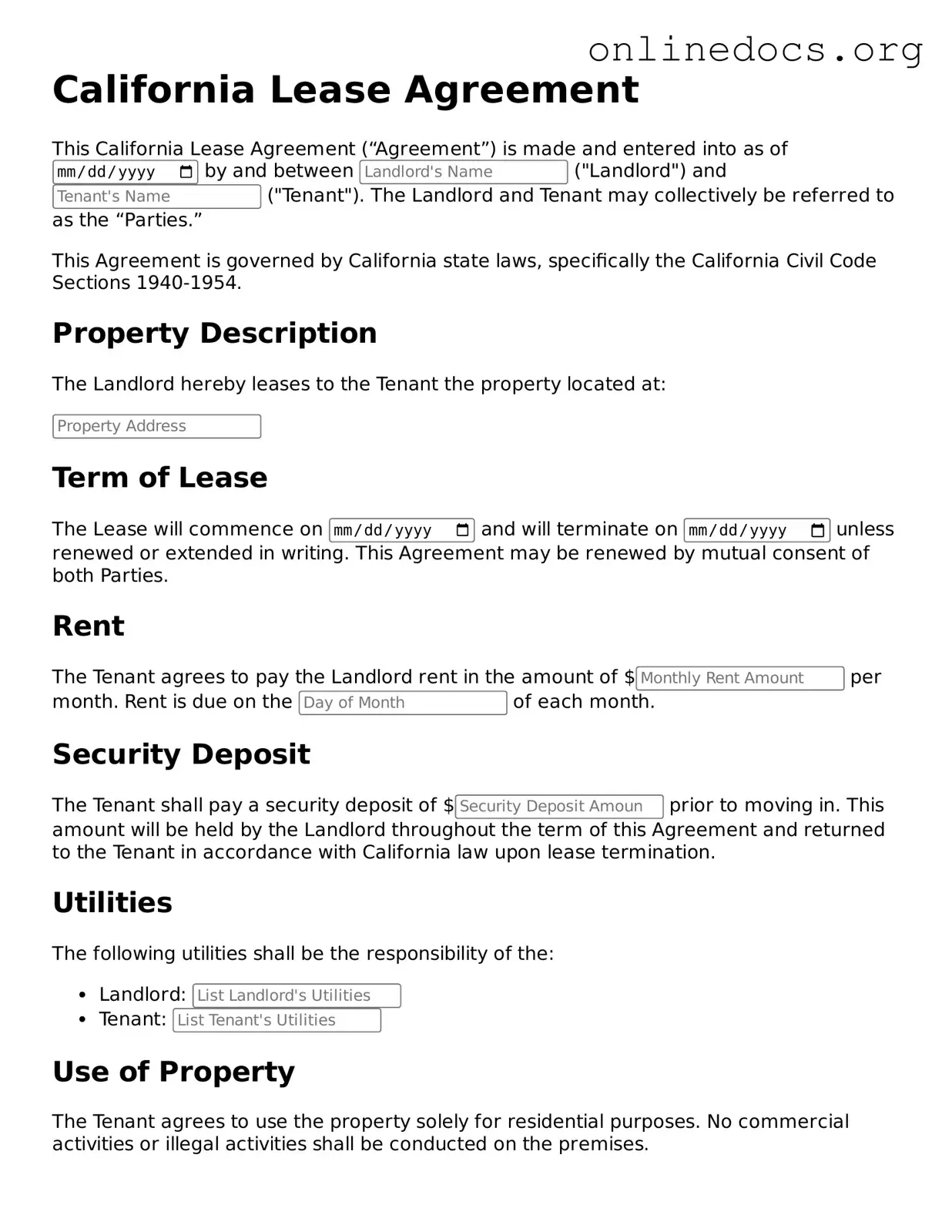The California Rental Application is a document that prospective tenants fill out to provide landlords with necessary information about their background, credit history, and rental history. Similar to the Lease Agreement, it establishes a formal relationship between the tenant and landlord. However, while the Lease Agreement outlines the terms of the tenancy, the Rental Application serves as a preliminary step in the leasing process. It helps landlords assess whether a potential tenant is a good fit before entering into a lease contract.
When considering how to manage your affairs effectively, it is beneficial to explore a legal Power of Attorney arrangement that grants essential decision-making authority to a trusted individual. This form not only safeguards your interests but also assures that your preferences are respected during critical times.
The California Month-to-Month Rental Agreement is another document that shares similarities with the Lease Agreement. This type of agreement allows tenants to occupy a rental property on a month-to-month basis, providing flexibility for both parties. Like the Lease Agreement, it includes essential terms such as rent amount, payment due dates, and notice requirements for termination. However, the Month-to-Month Rental Agreement typically offers a shorter commitment and can be terminated with relatively short notice, unlike a standard lease that often requires a longer commitment.
The California Sublease Agreement is a document that allows a tenant to rent out their leased property to another individual, known as a subtenant. This agreement mirrors the Lease Agreement in that it outlines the terms of the rental arrangement, including rent, duration, and responsibilities. The primary difference lies in the relationship; the original tenant remains responsible to the landlord while also managing the subtenant's obligations. This document can be particularly useful for tenants who need to temporarily vacate their rental property.
The California Lease Renewal Agreement is another related document that comes into play when a lease term is coming to an end. Similar to the Lease Agreement, this document allows both parties to agree to extend the current lease under the same or modified terms. It provides a formal way to continue the rental relationship without the need to create a new lease from scratch. This agreement is essential for maintaining continuity in the landlord-tenant relationship and can help avoid misunderstandings about the terms of the lease extension.
The California Commercial Lease Agreement is tailored for business premises, yet it shares many characteristics with residential lease agreements. Both documents detail the terms and conditions under which a property is rented, including rent, duration, and responsibilities. However, commercial leases often involve more complex terms due to the nature of business operations. They might include clauses about modifications, maintenance responsibilities, and even the use of the property, reflecting the unique needs of business tenants.
Lastly, the California Roommate Agreement is a document that outlines the responsibilities and expectations between individuals sharing a rental property. While it is not a lease in the traditional sense, it serves a similar purpose by defining the living arrangement. The Roommate Agreement covers aspects such as rent division, utility payments, and household responsibilities. It helps prevent conflicts and misunderstandings, much like a Lease Agreement does for landlords and tenants, ensuring that all parties are on the same page regarding their living situation.
